35mm Film Scanner
LS-1000
User’s Manual
- 1Contents
1. Overview
1.1 Features
1.2 Operating Environment
2. Before Operation
2.1 Inspection
2.2 Accessories
2.3 Options
2.4 Notes on Use
2.5 Cleaning the Unit
3. Parts Identification
3.1 Main Unit
3.2 Display LED
3.3 Strip Film Holder FH-2
4. Connecting the LS-1000
4.1 Before Connection
4.2 Connecting the Power Cord
4.3 Connecting the SCSI Cable
4.4 Setting the SCSI ID
5. Operation
5.1 Turning on the Power
5.2 Film Insertion
6. Troubleshooting
Appendix: Specifications
Index -
Cautions
• The reproduction of all or part of this manual without our
permission is prohibited.
• The information contained in this manual is subject to change
without notice.
• We have made every effort to produce a perfect manual,
but should you find any mistakes, we would be grateful if you
would kindly let us know.
• We shall take no responsibility for consequences resulting
from the operation of this product, despite the terms
mentioned above.Trademark Information
Macintosh is a registered trademark of Apple Computer, Inc.
Microsoft is a registered trademark and Windows is a trademark of
Microsoft Corporation.
IBM PC/AT is a trademark of International Business Machines Corporation.
Other brand or product names are the trademarks or registered
trademarks of their respective holders.- 2Indication
The indications in this manual signify important safety
precautions. In order to use this product safely, please read
every section where these indications are placed before
beginning operation, this product. These indications are also
placed in the table of contents so users can find them easily.
Indication
The indications in this manual signify the need for caution
when using the products. These indications are placed in
sections that should be read by users before beginning
operation, in order to avoid damage to the product. -
Federal Communications Commission (FCC)
Radio Frequency Interference Statement
This equipment has been tested and found to comply with the
limits for a Class B digital device, pursuant to Part 15 of the FCC
Rules. These limits are designed to provide reasonable
protection against harmful interference in a residential
installation. This equipment generates, uses, and can radiate
radio frequency energy and, if not installed and used in
accordance with the instructions, may cause harmful
interference to radio communications. However, there is no
guarantee that interference will not occur in a particular
installation. If this equipment does cause harmful interference
to radio or television reception, which can be determined by
turning the equipment off and on, the user is encouraged to try
to correct the interference by one or more of the following
measures:
• Reorient or relocate the receiving antenna.
• Increase the separation between the equipment and
receiver.
• Connect the equipment into an outlet on a circuit different
from that to which the receiver is connected.
• Consult the dealer or an experienced radio/TV technician for
help.- 3CAUTIONS
Modifications
The FCC requires the user to be notified that any changes or
modifications made to this device that are not expressly
approved by Nikon Corporation may void the user's authority
to operate the equipment.
SCSI Cable
Please use the SCSI cable listed on page 5 in the user's Manual
supplied with the scanner. Using other interface cables may
exceed the limits of the class B Part 15 of FCC rules.
Notice for customers in Canada
CAUTION
This class B digital apparatus meets all requirements of the
Canadian interference Causing Equipment Regulations.
ATTENTION
Cet appareil numérique de la classe B respecte toutes les
exigences du Règlement sur le matériel brouilleur du Canada.
Notice for customers in European countries
ACHTUNG
Dieses Gerät entspricht den Bestimmungen der EG-Direktive
87/308/EEC zur Störungsunterdrückung. Lärmemission kleiner
70 dBA -
Cautions for Safety
In order to use the LS-1000 safely and correctly, and to prevent
problems, pay careful attention to the following points:
• Use an AC power supply of 50/60Hz and a voltage of from
100V–240V. Be sure to use a power cord rated for the
appropriate voltage.
At voltages of more than AC 125V:
use a power cord that complies with the safety standards of
the country in which it is used, which has a plug rated for AC
250V, 15A (NEMA 6P-15) and insulation of SVT type or
better, and which is more than AWG18 in thickness.
At voltages of AC 125V or less:
use a power cord that complies with the safety standards of
the country in which it is used, which has a plug rated for AC
125V, 10A and insulation of SVT type or better, and which is
more than AWG18 in thickness.- 4• Be sure that the electrical outlet of the power supply is
grounded. Conduct the grounding in common to the other
machines it is being connected with. Unless common
grounding is conducted, ground loop will occur, which will
cause electric shock and noise static.
• Do not conduct the grounding to a gas pipe or a water pipe.
• When plugging in or unplugging the power cord, be sure to
touch only the plug. -
• Do not pull or bent the SCSI cable. This can cause the cable
to break.
• Do not connect or remove peripheral equipment while the
power switch is on.
• Do not unplug the power cord while the power switch is on.
• Do not move the Unit while the power switch is on.
• Once the power switch has been turned off, wait at least five
seconds before turning the power switch on.- 5• On no account disassemble the Unit. The high voltage parts
inside the unit can cause electric shock.
• Do not insert any foreign objects inside the unit. If
flammable objects, metal, or water come in contact with the
interior of the unit, failure, fire, and/or an electrical shock
may result.
• Avoid harsh substances such as alcohol, benzine, thinner, or
pesticides, as failure, fire, and/or an electrical shock may
result.
• Do not subject the unit to any strong shocks. This can cause
breakage and failure.
• Do not place heavy objects on the unit. -
If You Notice Anything Abnormal
If unusual noise, odor or smoke occurs, switch the Unit off
immediately and disconnect the power cord and the SCSI cable.
Contact your retailer or Nikon sales representative in your
country.- 6 Storage and Operating Locations
Proper storage will ensure the long life of the Unit. In order to
avoid internal dust while being stored, it is recommended that
an appropriate cover be used on the Unit.
Do not store or use where:
• The temperature is above 95°F (35°C) or below 50°F
(10°C), the temperature changes drastically, or condensation
occurs.
• The humidity exceeds 80%. -
• The Unit is exposed to direct sunlight.
• The atmosphere is excessively dusty.- 7• The Unit may be subjected to excessive vibration or physical
shocks. -
• The Unit is exposed to noise from other equipment nearby.
Leave suffucient space around the unit to ensure that the
ventilation slots are not blocked. Blocking these slots may cause
an internal heat build-up.
Place the unit on a level and stable surface for operation. If
operated in any other way, problems will occur.
Transportation Precautions
When transporting the Unit, pack the unit with the original
package box and packing material provided by Nikon.- 8When Taking the Unit Out of The Country
The use of this product may violate local laws and restrictions in
some countries. If this is the case, we cannot bear any
responsibility for any violations resulting from the use of this
product. -
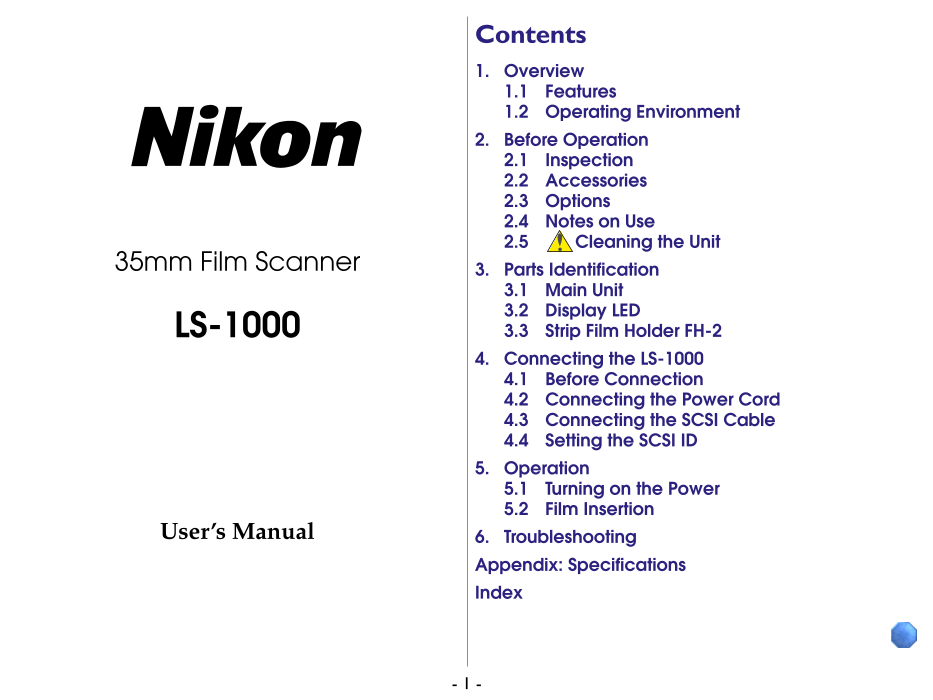
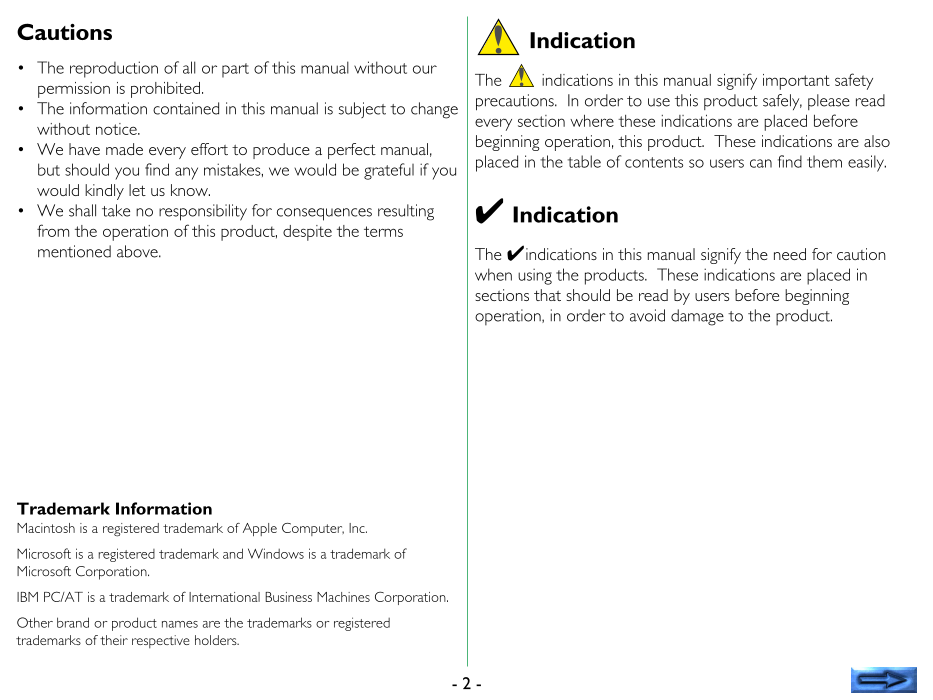
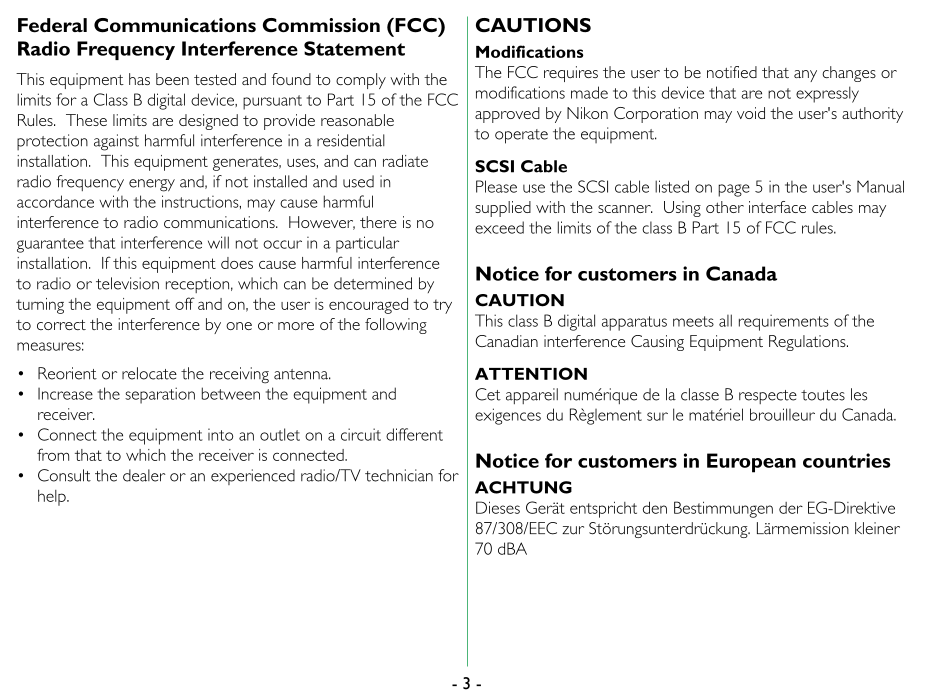
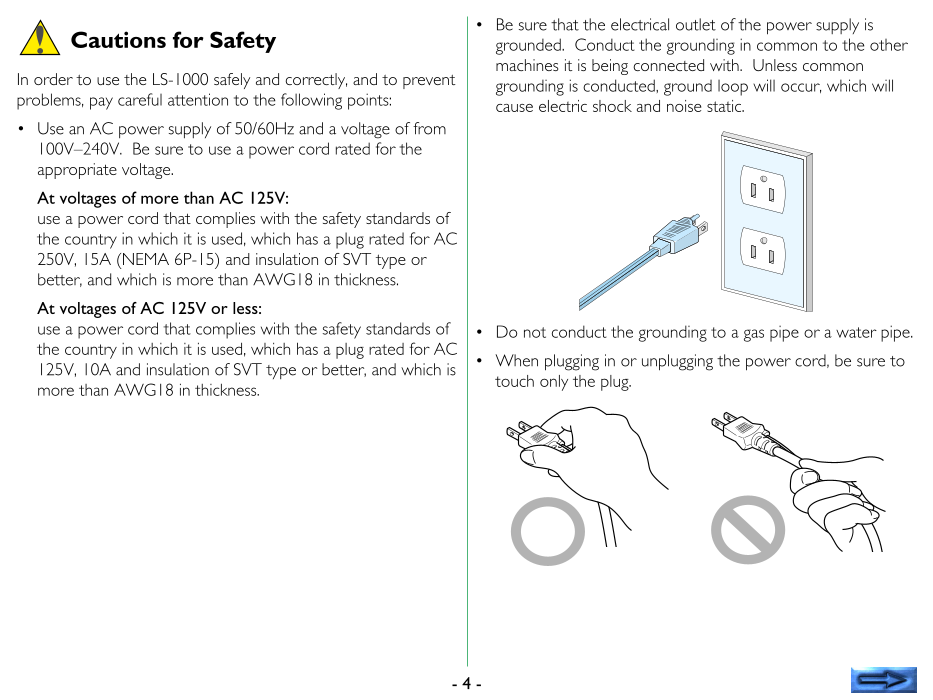
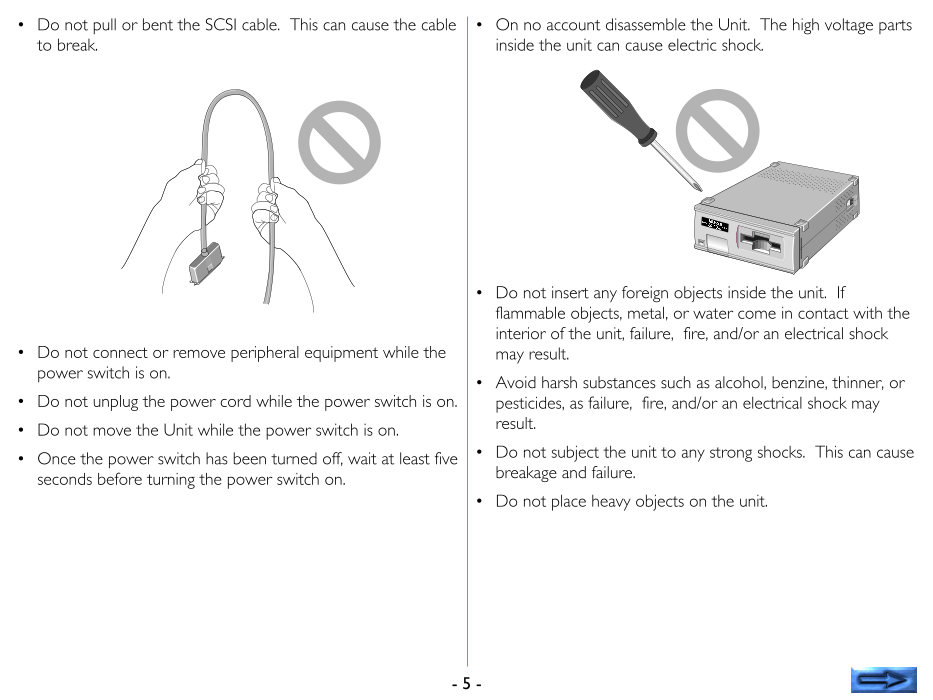
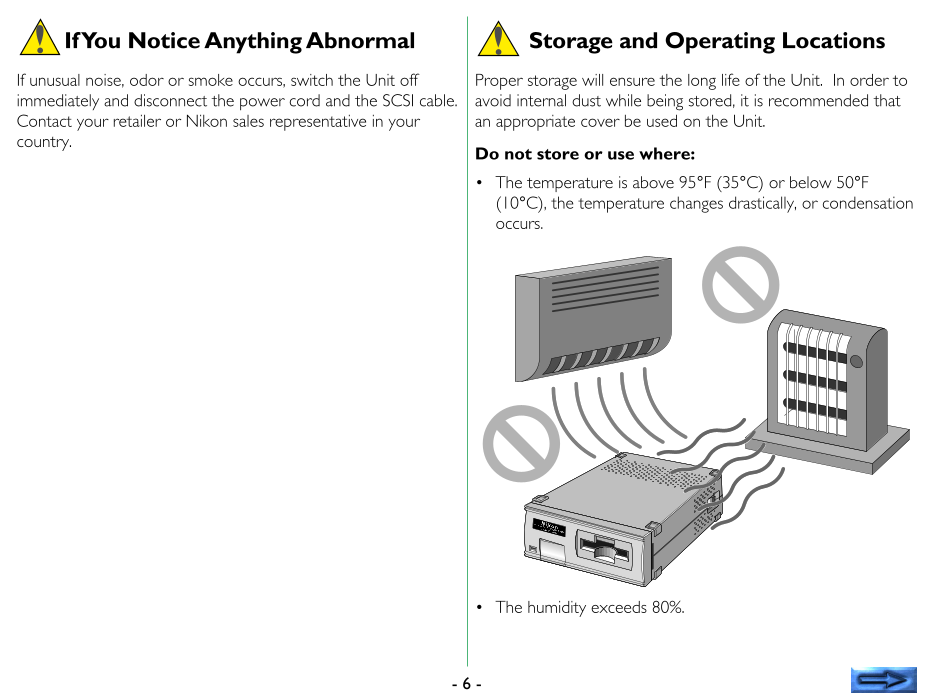
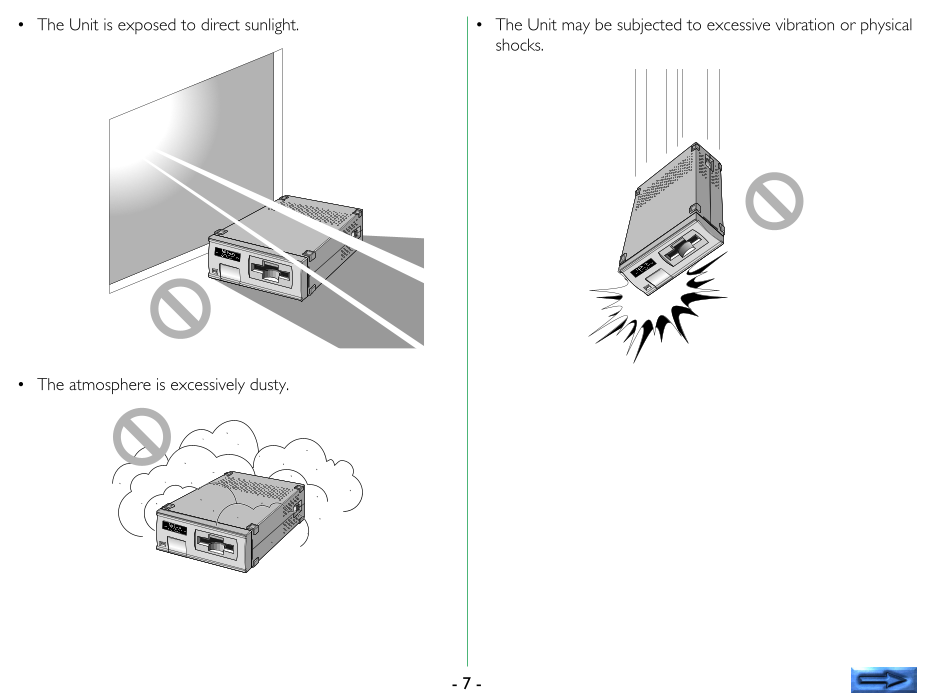
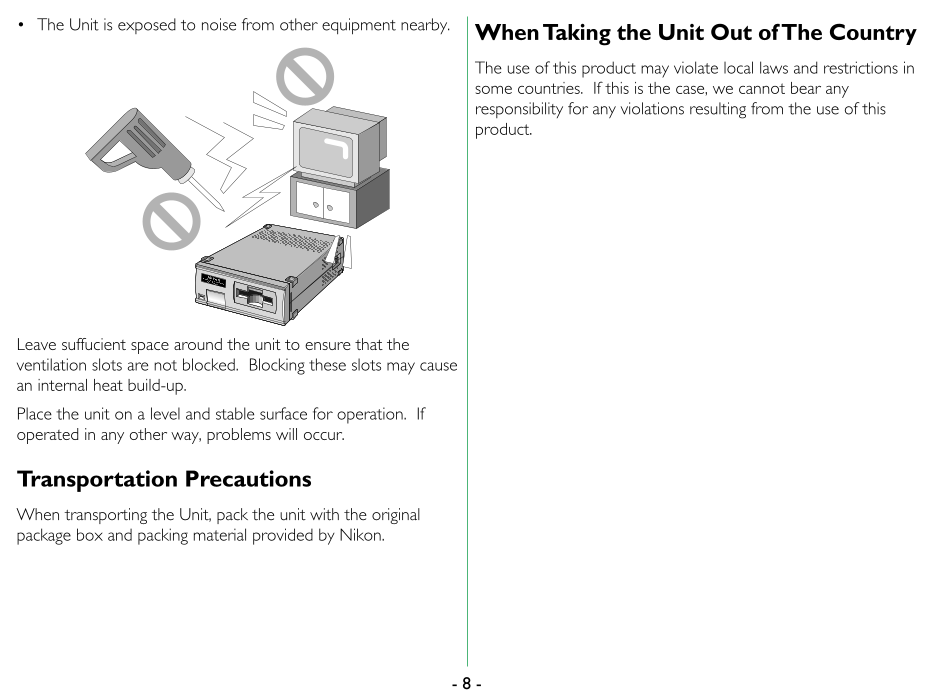








 V2版本原理图(Capacitive-Fingerprint-Reader-Schematic_V2).pdf
V2版本原理图(Capacitive-Fingerprint-Reader-Schematic_V2).pdf 摄像头工作原理.doc
摄像头工作原理.doc VL53L0X简要说明(En.FLVL53L00216).pdf
VL53L0X简要说明(En.FLVL53L00216).pdf 原理图(DVK720-Schematic).pdf
原理图(DVK720-Schematic).pdf 原理图(Pico-Clock-Green-Schdoc).pdf
原理图(Pico-Clock-Green-Schdoc).pdf 原理图(RS485-CAN-HAT-B-schematic).pdf
原理图(RS485-CAN-HAT-B-schematic).pdf File:SIM7500_SIM7600_SIM7800 Series_SSL_Application Note_V2.00.pdf
File:SIM7500_SIM7600_SIM7800 Series_SSL_Application Note_V2.00.pdf ADS1263(Ads1262).pdf
ADS1263(Ads1262).pdf 原理图(Open429Z-D-Schematic).pdf
原理图(Open429Z-D-Schematic).pdf 用户手册(Capacitive_Fingerprint_Reader_User_Manual_CN).pdf
用户手册(Capacitive_Fingerprint_Reader_User_Manual_CN).pdf CY7C68013A(英文版)(CY7C68013A).pdf
CY7C68013A(英文版)(CY7C68013A).pdf TechnicalReference_Dem.pdf
TechnicalReference_Dem.pdf